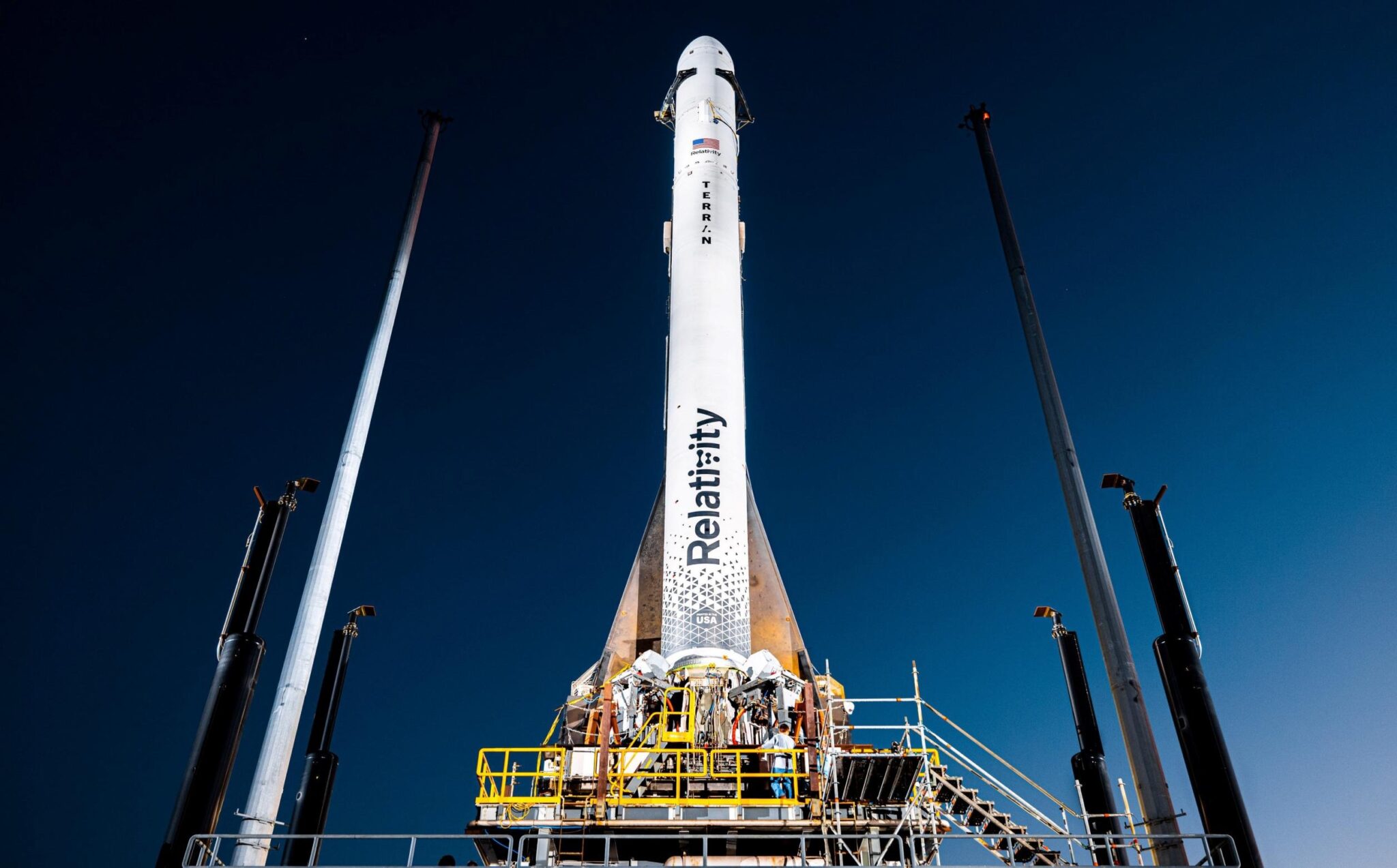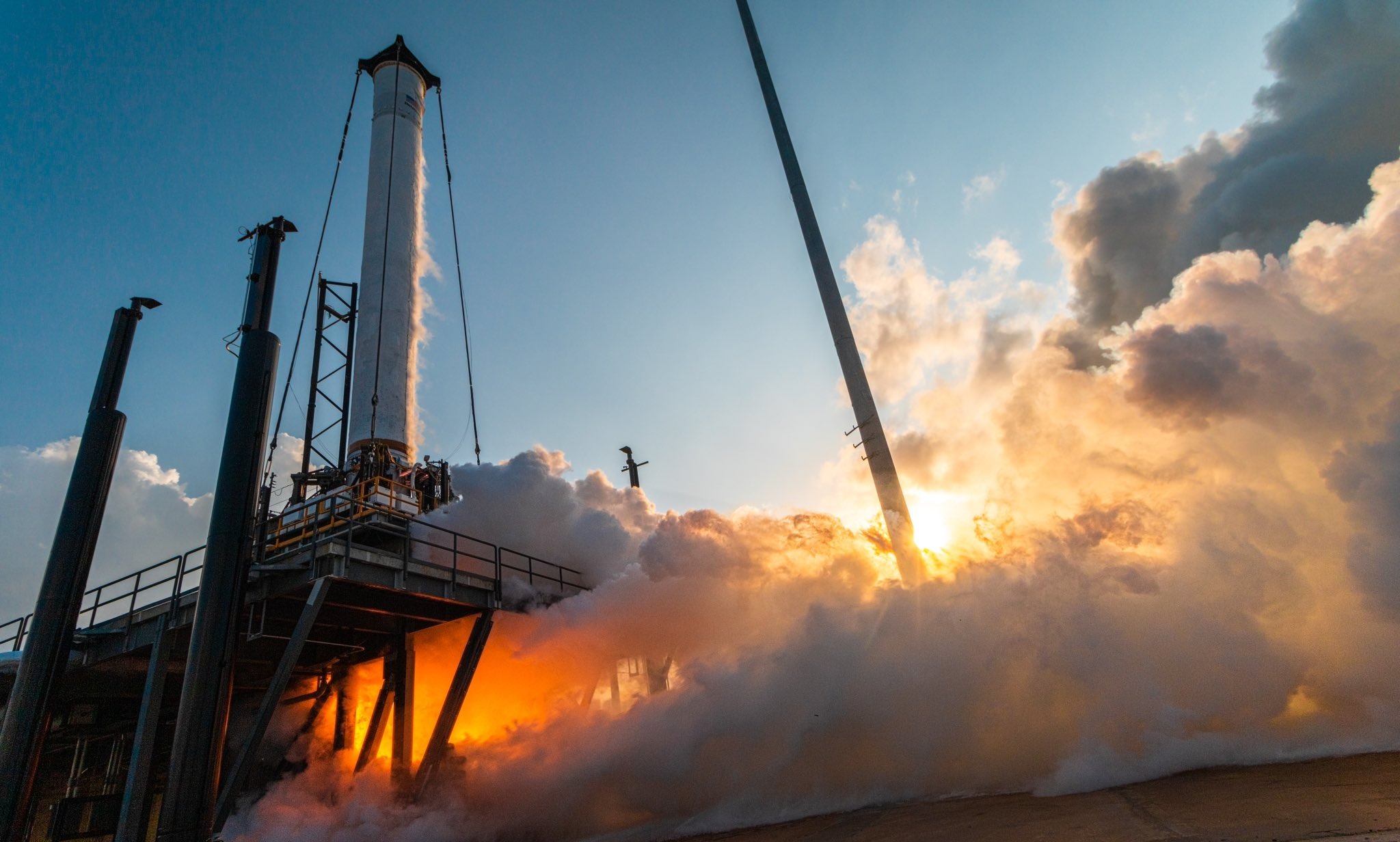The Terran 1 rocket from Relativity Space is fully assembled and installed on the launch pad before the debut mission. The peculiarity of the two-stage 33-meter Terran 1 is that 85% of its design was printed on a 3D printer. Currently, the rocket is undergoing final ground tests before flight. If these tests go according to plan, the rocket will take off this month from the Cape Canaveral Space Force Station.

Relativity’s debut mission is called GLHF (Good Luck Have Fun). Relativity Space calls its creation “the largest 3D-printed object in existence and attempted to make an orbital flight”. If successful, the company plans to create the next rocket, which will be printed on a 3D printer by 95%.
Getting ready for final ground tests, launch feeling real. At the doorstep. Photos from our technician team hard at work up high on the rocket. We are vertical again!! @relativityspace pic.twitter.com/0ANo0FywSc
— Tim Ellis (@thetimellis) February 6, 2023
What was printed on a 3D printer?
In addition to the body, the nine Aeon engines on the first stage of the rocket, along with the Aeon Vac engine on the second, are also printed using 3D printing. They will use liquid oxygen, as well as liquefied natural gas, which is a rare combination in the space industry. In fact, a rocket powered by natural gas has never successfully reached orbit.

If natural gas proves itself in low Earth orbit, Relativity hopes to eventually transfer the technology to conquer Mars, since this engine can be used repeatedly. The company also plans to convert it from natural gas to methane.
About Relativity Space
Co-founders Tim Ellis and Jordan Noon founded Relativity in 2015 after working at Blue Origin and SpaceX respectively. According to Relativity, Terran 1 can deliver a maximum payload of up to 1,250 kilograms to near-Earth orbit. The cost of one launch is estimated at USD 12 million.
In 2021, Relativity introduced a much more powerful and efficient Terran R, which will be 66 m high and 4.9 m wide. This more powerful rocket will be able to lift 25 times more payload mass than Terran 1 into low Earth orbit. The Terran R will also be fully reusable and is being prepared for launch in 2024.
Earlier we reported on how the SpaceX Starship rocket was waiting for its launch in March.
According to Space
Follow us on Twitter to get the most interesting space news in time
https://twitter.com/ust_magazine
